 |
| Yana - Horseback Riding Lesson with "Rain" |
Doing Circles on Canter - Yana's Horseback Rising Lesson video
It takes some time for a rider to develop the confidence to canter. A rider is ready to canter once his seat, balance and control improves. Yana went through hours and hours of training to develop her balance on a horse. And she's still developing it. I guess it's a continuous thing... Just like if you really wanna learn to drive- then you have to spend time driving!
Yana is still developing her full confidence to ride. There are set-backs at times especially after experiencing some fall. But she really enjoys being able to canter now. A riding session is incomplete without doing canter. Bitin kapag walang canter.
Learning horseback riding is really not as easy as it looks. It's like learning to drive a conveyance that is alive with its own mind and feelings. The rider must be well aware of his surroundings taking attention of things that may spook or surprise the horse; such as a passing helicopter, a lightning and thunder in a cloudy sky, a loud honk from a car, and others.
A horse rider must keep this in mind other than keeping his balance, good seat, maintaining a posture, holding the reins right, keeping the heels down, maneuvering the horse inside the arena, controlling horse speed, and listening to the teacher's instructions.
There are some basic "aids" by which a rider communicates with his horse. The rider's natural aids are his hands, legs, seat, and voice. The artificial aids are things like the crops and spurs.
Leg aids and rein aids are used to do circles with your horse. The Simple Leg Aids according to the Pony Club Manual of Horsemanship are: Both legs (used in short squeezes or nudges)- ask the horse to move forward or increase speed; One leg in normal position near the girth- asks the horse to move forward and bend or turn in that direction (left leg for left turn). It can also be used as preventing aid, to tell the horse not to cut corners; One leg a little behind the girth (about 4 inches)- asks the horse to move his hindquarters sideways. It can also be used as a preventing aid to tell the horse not to swing his hind legs sideways.
As Yana went on to canter with "Rain", I can hear the horse's hoofs making rhythmic sound against the sand covered grounds of the arena. The canter is a three-beat gait. It sounds like "one, two, three."
As her Mom, I often feel nervous hearing this three-beat gait - because it means she's riding on a faster gait. But whenever I see my daughter's face - I see how happy she is - as if she's been in heaven after a good canter, I simply console myself with prayers. And with each riding lesson accomplished, I get to understand more and more just how deeply passionate she is about riding horses.
 |
| A happy Yana after a good canter |
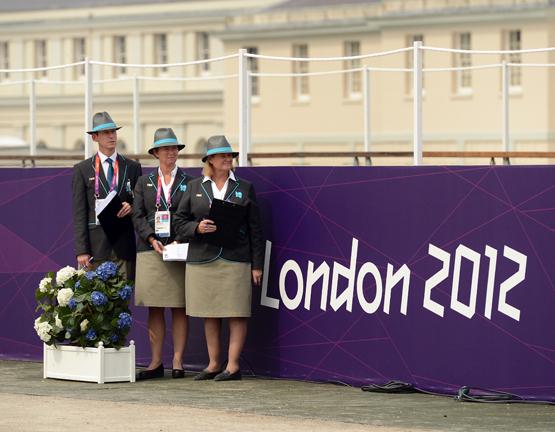
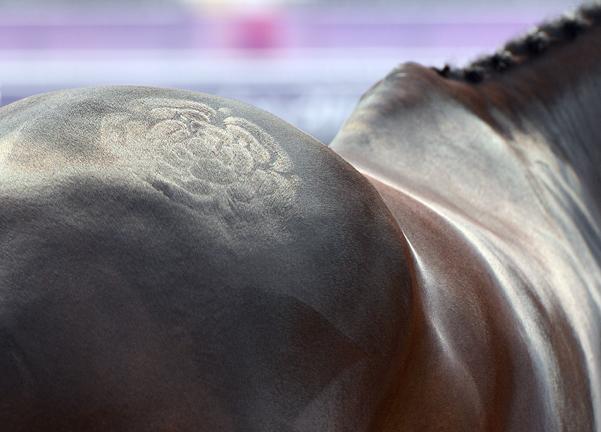
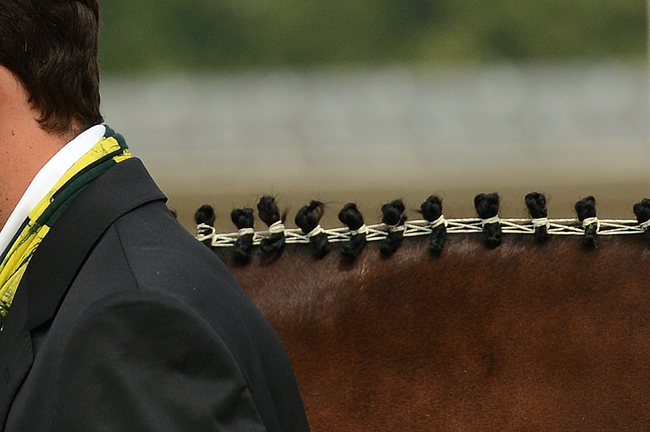
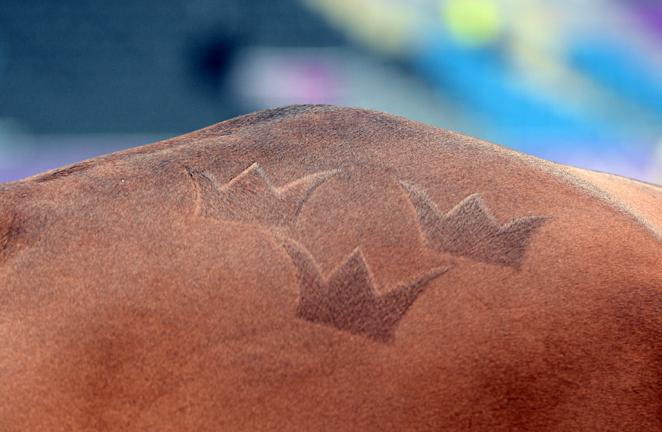
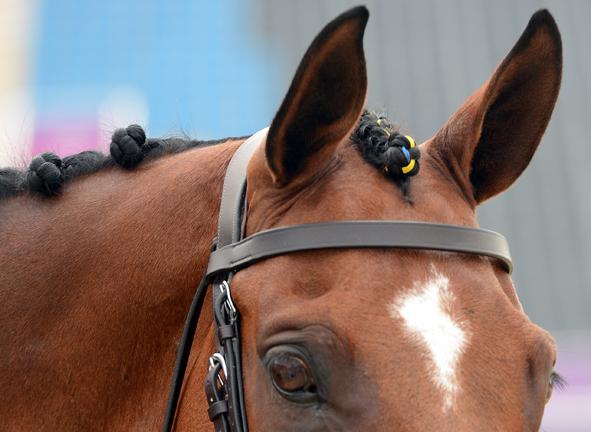
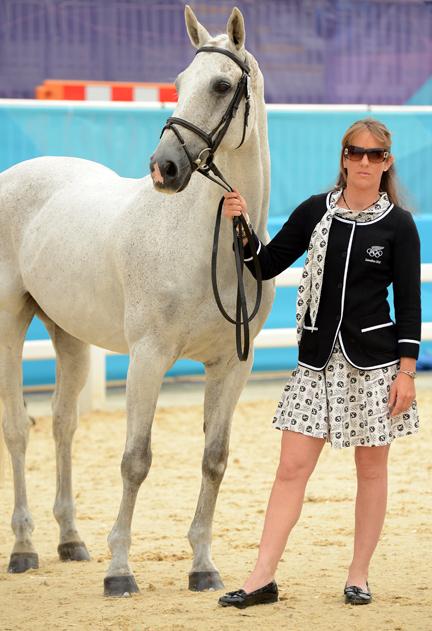


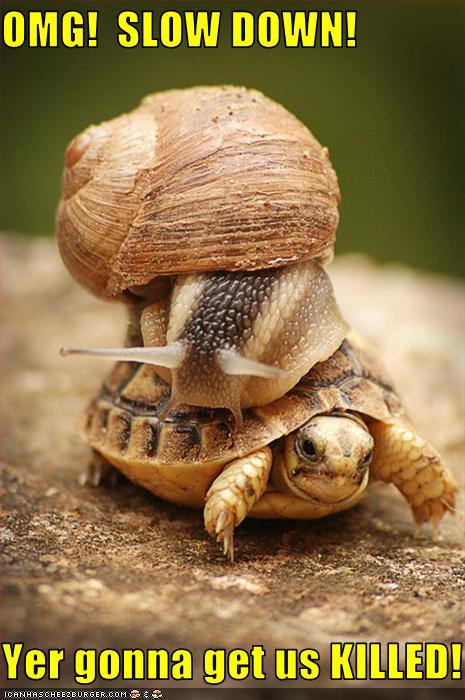
.JPG)





